Blindness
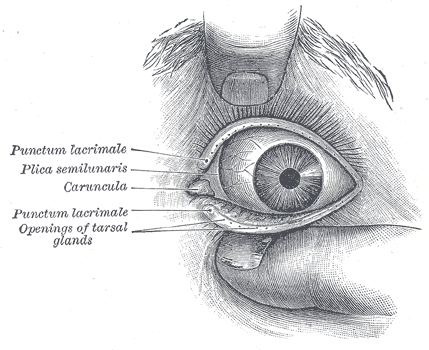
Blindness has several causes. Cataract is treated surgically and glaucoma with eye drops or surgery. Other causes are trauma, abnormal blood vessel growth in premature birth and diabetes, macular degeneration, and genetic conditions, especially retinitis pigmentosa. In developing countries blindness is also caused by vitamin A deficiency and two infectious diseases, trachoma and onchocerciasis (river blindness).
Cataract
Glaucoma
Abnormal blood vessel growth
Retinal damage and degeneration
Retinal disease
Trauma
River blindness (onchocerciasis)
Eye cancer
Blindness research in the news
References
Cataract
Animal experiments using a strain of blind mice have highlighted the importance of a DNA-degrading enzyme that helps the developing lens in the eye to remain transparent. The lens is made up of clear fibre cells. As they form, their internal structures, such as the nucleus and power-boosting mitochondria, are broken down to prevent the lens from becoming cloudy. Mice lacking an enzyme called DLAD were unable to degrade fibre cell DNA, and they developed cataracts. DLAD is also found in human lens cells, so some cataract patients probably have a deficiency in the DLAD geneANCHOR.
Glaucoma
Glaucoma is the most important cause of irreversible blindness worldwide, affecting more than half a million people in the UK alone. It is caused by increased fluid pressure within the eye compressing the nerves at the back of the eye. This pressure then causes irreversible damage to the optic nerve at the back of the eye. Patients require surgery to create a new channel in the eye to drain away the excess fluid and reduce the pressure. However, the channel can become blocked because of scarring and this leads to the failure of the operation, and blindness. The potential success rate of glaucoma surgery was been greatly improved – rising from 30% to an impressive 80% in rabbits – by innovative and safe new drugs that can prevent scarring in the eye after glaucoma surgery. This success has encouraged researchers to plan clinical trials in humansANCHOR.
Abnormal blood vessel growth
The blindness of diabetes and prematurity is caused by abnormal blood vessel growth. In animal experiments using mice an eye protein, pigment epithelium-derived factor, has halted thisANCHOR. Another approach has been to inject the retina of mice with bone marrow stem cells, which incorporated themselves into the existing blood vessel structure, formed new blood vessels, and also stopped the proliferation of unwanted blood vesselsANCHOR.
Retinopathy of prematurity has become a leading cause of defective vision in children because medical advances enable more premature babies to survive. Half the babies with the severest form of the disease will become blind despite treatment. They are missing an enzyme called beta-galactosidase, made by the ß-gal gene. Research has shown that a harmless adenovirus can transport the gene into the defective eyes of baby rats. The gene specifically targeted the correct tissues inside the eyeball, avoiding delicate adjacent nerve cells, and may therefore be the first step towards gene therapyANCHOR.
Scientists have identified a protein in mice called HIF-2a, which is important in retina formation. Controlling this protein, which is also found in humans, may help treat or even prevent retinopathy of prematurityANCHOR.
Diabetic retinopathy is the leading cause of blindness in people aged 20–74. Research on rats shows that a common antibiotic called minocycline, used to treat acne, halves the retinal damage caused by microglia. These are cells that act as the 'cleanup crew' for the central nervous system and retina. They destroy damaged cells by releasing toxins and they engulf them. When they become activated and release their toxins in the retina, those toxins will kill the healthy nerve cells critical for normal visionANCHOR.
Retinal damage and degeneration
Retina cells are a type of nerve cell, and do not normally recover when damaged. Scientists have now found that, in mice, certain cells from the retinal margin function as stem cells. In culture, these cells will multiply and develop into typical retinal nerve cells. Tremendous potential exists if this developmental flexibility can be manipulated for human benefitANCHOR.
Retinal Disease
In rats with retinal disease, animal testing showed that nerve stem cells injected into the eye migrate to the retina and appear to take on the right characteristics. Even more exciting, they also show signs of trying to connect the retina to the brain, an essential step in restoring sight. Neurologists subsequently found a way to reconnect severed optic nerves to the brain so that they once again transmitted normal electrical signals. The achievement is a first in mammals, and may lead to human treatmentsANCHOR.
A bionic eye implant – a 3mm chip that would fit behind the retina – could be a dramatic improvement on currently available technology. In a rat study, animal experiments showed that by placing the chip behind the retina, the remaining living retinal cells moved closer to the photodiodes on the implant. The closer the cells get to the array, the better the resolution of the image. The goal is no more than 10 microns between the retinal cells and the implant, equivalent to the width of one cell. When the implants were used in blind rats, the rodents appeared to have some restored vision, responding to a pattern of black and white stripes. A visual acuity of 20/20 is considered normal, while 20/400 is considered blind. The device could provide acuity of 20/80, good enough to live independently and read large printANCHOR.
The most sensitive part of the retina is the macula. Age-related macular degeneration affects 180,000 elderly people in the UK, and Stargardt blindness is a rare variant affecting young people. The only treatment is expensive and inadequate. Patients lose central vision and hence the ability to read, but can usually recognise objects on the edge of the visual field ('out of the corner of their eye'). A similar condition occurs in young rats. In 2002 a team of eye surgeons and scientists removed cells from the retina, took them back to a primitive condition that made them unlikely to be rejected, grew them in a test tube, and injected them into rats. The rats, which had been given both human and rat retina cells, retained the cells and didn't go blind. Human trials are planned in 2003ANCHOR.
The underlying mechanism of macular degeneration is blood leakage from stray blood vessels below the retina, called choroidal neovascularisation. A new cancer drug, combretastatin (CA4P), has been found to prevent and treat this in mice, and human trials are plannedANCHOR.
Researchers have also found a potential way to replace damaged rod and cone cells in the retina, using rats. The genetic technique, in which iris cells are modified in the laboratory and transplanted back into the retina, could some day prevent blindness from macular degeneration and retinitis pigmentosaANCHOR.
Retinitis pigmentosa is an inherited condition initially causing night blindness and progressing relentlessly. The gene Prph2 is defective in human RP, and mice that lack it have damaged photoreceptor cells in the retina. These photoreceptors regained their normal structure and responded to light when the missing gene was introduced, suggesting that the mice were able to see. This successful introduction of the missing gene into the eyes of mice may eventually lead to human gene therapyANCHOR.
In 2002 researchers discovered two mutations in dogs that promise to contribute greatly to studying causes and testing treatments for inherited blindness in pet dogs and humans. Many Siberian huskies and Samoyeds carry the genes XLPRA1 and XLPRA2 cause X-linked progressive retinal atrophy, the canine equivalent of retinitis pigmentosaANCHOR. In 2005 scientists discovered that retinal injury can be caused by moderate light exposure in dogs with RP. They therefore strongly recommend patients to limit excess light exposureANCHOR.
Genetically engineered mice with retinitis pigmentosa promised to speed the search for a cure. In 2004 researchers injected newborn RP mice, which had yet to develop the condition, with blood stem cells taken from bone marrow. The injections appeared to halt some of the eye's deterioration, particularly that of the cone cells, which are responsible for colour and fine visionANCHOR .
Leber congenital amaurosis is a rare genetic disease that causes near-total blindness during infancy, and a similar disease occurs in dogs. In 2001 scientists used gene therapy to restore the sight of a blind dog. Afterwards, sight tests indicated that the treated eyes were as good as the eyes of normal dogs. As revealed on video, the dogs avoided bumping into obstacles placed on the same side as the treated eye. This study provides hope that correction of human LCA is feasibleANCHOR.
In 2004 scientists studying mice showed that absence of the Aip11 gene causes loss of light-sensitive rod and cone cells, mimicking the inherited human disease. This gives scientists another model that can be used for testing potential treatments. They are now working to determine if they can prevent this disease by supplying the retinas of affected newborn mice with the missing geneANCHOR.
Trauma
In 2001 researchers got severed nerves to regrow up to 14 mm, more than three times as far as anyone has managed before. They severed the optic nerves of rats and sewed them together again under anaesthetic, and then added proteins called crystallins, which inhibit the mechanism by which cells self-destruct. Three months after the surgery, a third of the nerve fibres had regenerated. One tenth is sufficient for residual sight. The regenerated nerves also carried normal electrical signals, suggesting that they had rewired themselves into the brain, although the connections were scrambledANCHOR.
River blindness (Onchocerciasis)
Onchocerca is a parasitic worm that harms 6.5m people in Africa and South America, blinding many of them. Millions of infected patients are normally given the drug ivermectin, which targets the worms, which are now developing resistance to this drug. However, the real cause might be the Wolbachia bacteria that live on the worm, and which are susceptible to an inexpensive antibiotic. Mice infected with extracts from antibiotic-treated worms showed significantly less thickening and haze of the eye's cornea, and fewer overall signs of inflammationANCHOR.
Eye cancer
Retinoblastoma an eye cancer of children, the third most common cancer of childhood after leukaemia and nerve cancer. The five-year survival rate is less than 10%. Scientists working with mice have discovered that a tumour-suppressor protein called Rb1, made by a gene also called Rb1 is essential to the normal development of the eye, and children missing the gene are at high risk of developing retinoblastoma. The gene enables formation of light-receiving cells called rods, and prevents overproliferation of retinal cells. Further study promises to increase our understanding of the disease process and thus lead the way to a cureANCHOR. In 2004 scientists developed a strain of mice lacking Rb1 and two other cancer-suppressing genes, p107 and p53. Using this mouse strain and two others, scientists have already tested new drugs and drug combinations for this cancerANCHOR.
Blindness research in the news
16/11/16 Gene-editing technique partially restores sight to blind rats
Blind animals have had their vision partially restored using a revolutionary DNA editing technique that scientists say could in future be applied to a range of devastating genetic diseases.
The study is the first to demonstrate that a gene editing tool, called Crispr, can be used to replace faulty genes with working versions in the cells of adults - in this case adult rats.
Before being used in humans, it would also need to be made more efficient, as only about 5% of cells had their faulty DNA replaced, the study found.
https://www.theguardian.com/science/2016/nov/16/breakthrough-as-gene-editing-technique-restores-sight-to-blind-animals
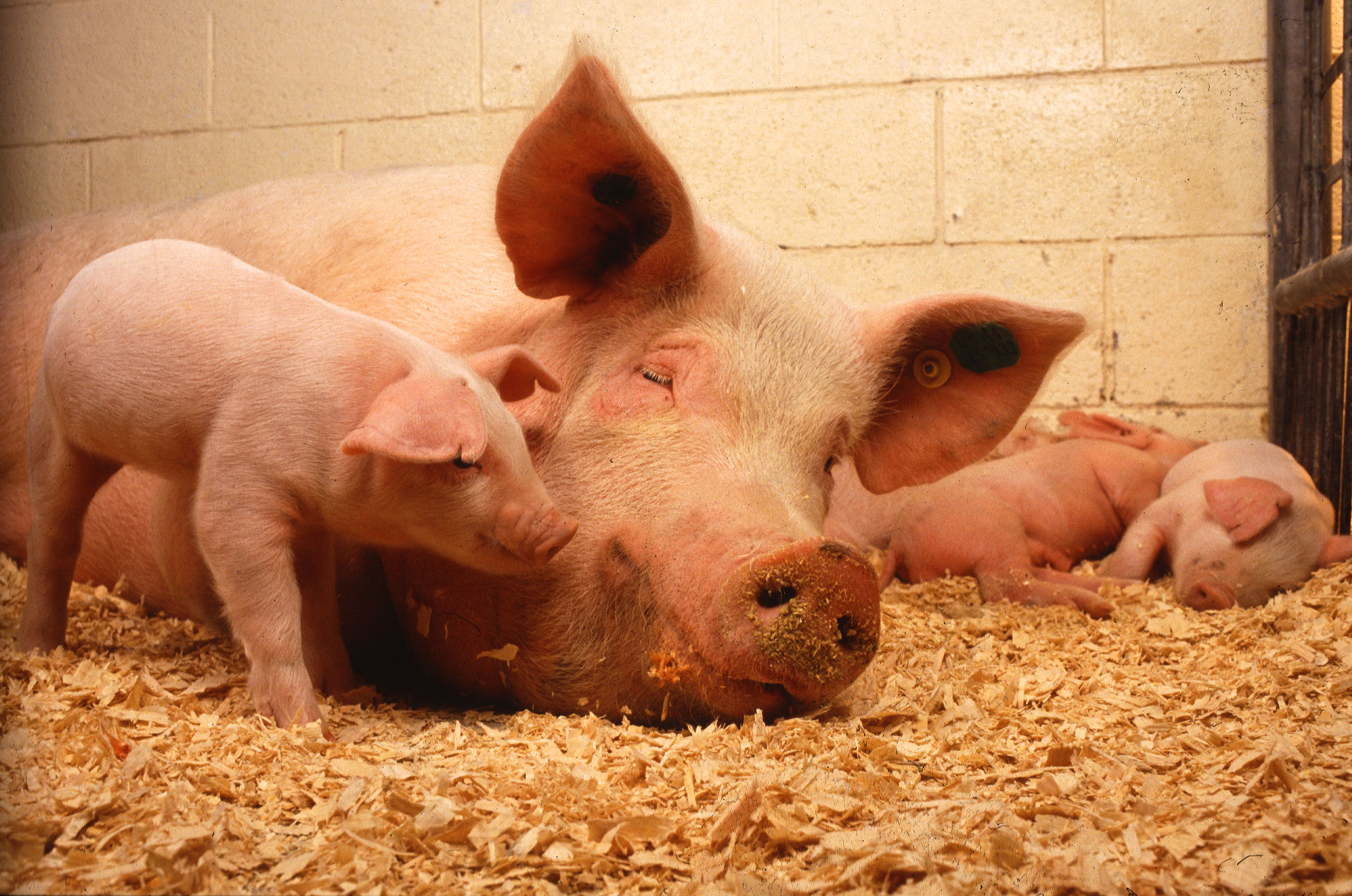
24/05/16 Pig cornea transplant cures sight in 200 blind people
8 million people in China are blind with corneal disease being responsible for half these cases. Corneal transplants can treat this disease but there is a lack of human corneas. Last year the Chinese government gave the go-ahead for experimental use of pig corneas and 200 operations have now been carried out. Have a look at this video, patient Wu Pinggui talks about having an operation to transplant a pig's cornea into his eye.
http://www.bbc.co.uk/news/magazine-36286128
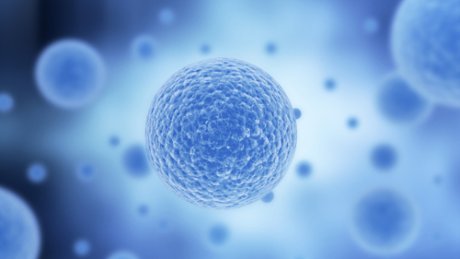
09/03/15 Vision restored in rabbits following stem cell transplantation
Scientists have demonstrated a method for generating several key types of eye tissue from human stem cells in a way that mirrors whole eye development. When transplanted to an animal model of corneal blindness, these tissues are shown to repair the front of the eye and restore vision,
http://www.cardiff.ac.uk/news/view/215659-eye-tissue-grown-in-lab
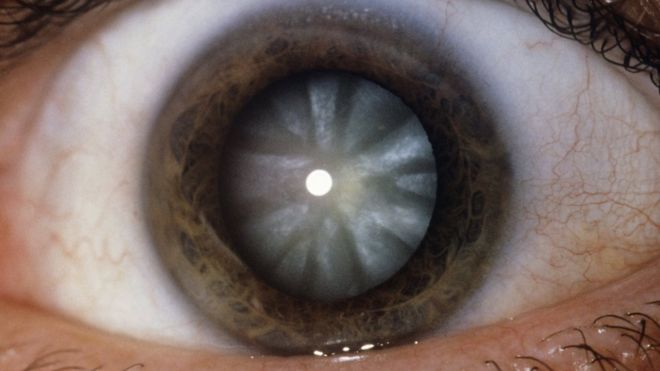
09/03/16 procedure regenerates the eye and treated children with cataracts
A pioneering procedure to regenerate the eye has successfully treated children with cataracts in China. More than half of all cases of blindness are caused by cataracts - the clouding of the eye's lens. An implanted lens is normally needed to restore sight, but the operation described in Nature activated stem cells in the eye to grow a new one. Experts describe the breakthrough as one of the finest achievements in regenerative medicine.
http://www.bbc.co.uk/news/health-35762713
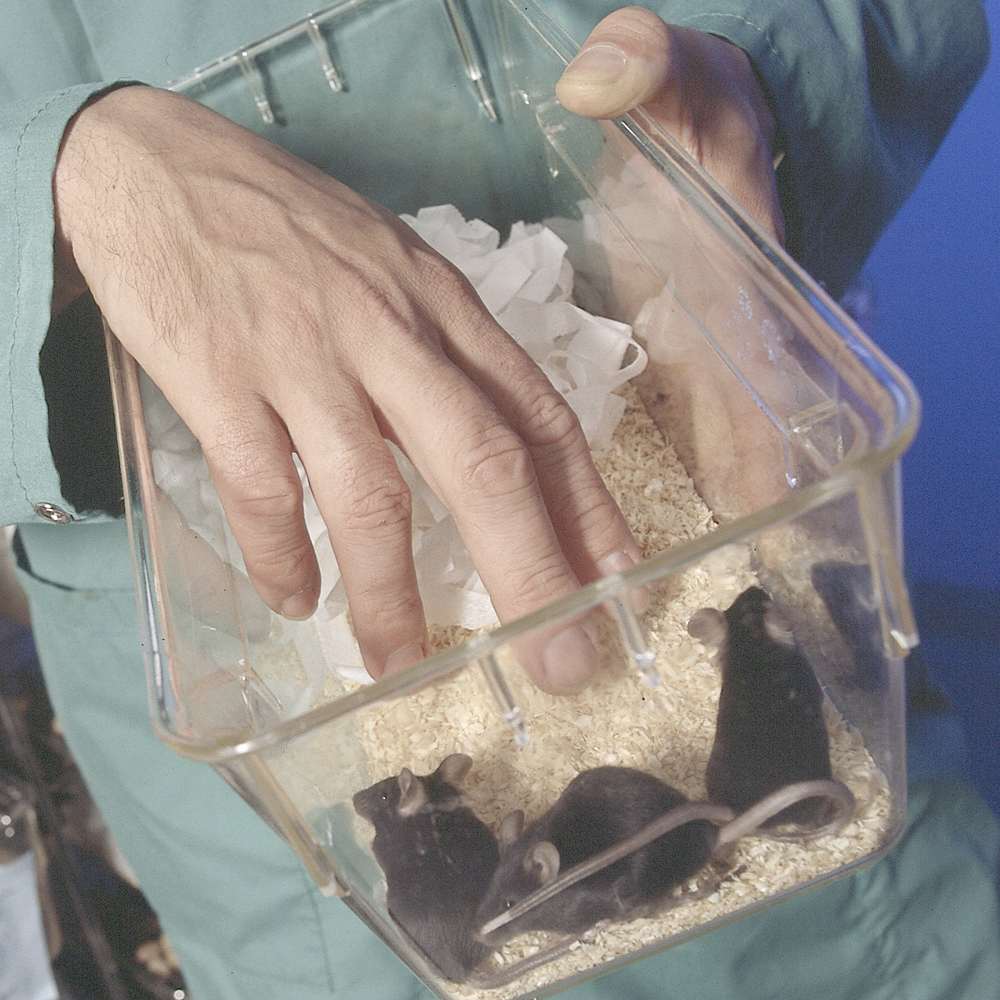
30/09/15 Stem cell trial aims to cure blindness
A big story yesterday on the stem cell trial for treating age-related macular degeneration in humans. Ten patients are undergoing surgery to insert specialised eye cells directly on to the back of the retina. What many people will be unaware of will be decades of pre-clinical work in rodent models which made this possible. So far the results of the clinical trial look promising, but the results won't be known until at least the end of the year.
New Stem cell trial: http://www.bbc.co.uk/news/health-34384073
Animal studies underpinning it: http://speakingofresearch.com/2014/10/15/stem-cells-restore-vision-thanks-mice/

23/07/15 Eye drops that reduce cataracts have been developed using dogs and rabbits.
Eye drops that reduce cataracts have been developed using dogs and rabbits. Scientists have identified a compound – lanosterol, the main molecule in steroids - that reduces the clouding that appears over the eye when a cataract develops. The lanosterol eye drops improved vision within 6 weeks of elderly dogs and rabbits. Cataracts are the world’s main cause of blindness and affect the vision of more than half of elderly people and there are currently no medications to prevent or reverse them. The drops could be available within 5 years and would replace complicated surgery for patients losing their vision.
http://www.telegraph.co.uk/…/Eye-drops-that-reduce-cataract…

21/05/15 Octopuses can see with their skin
Octopuses can see with their skin. Octopus skin contains light-sensitive pigments also found in the eyes, making it responsive to light. Octopuses are thought to rely mainly on vision to bring about changes in colour and patterning of their skin to camouflage – despite apparently being colour bling. However, this study suggest that the skin cells responsible for the colour changes, called chromatophores, could also respond independently to light of different wave length. The chromotophores react differently to white, red and blue light.
http://www.theguardian.com/…/octopus-skin-contains-light-se…

16/05/15 Owning a cat could damage your sight
Owning a cat could damage your sight – exposure to felines increases the risk of glaucoma whereas having a dog guards against the disease. Scientists have discovered that people diagnosed with glaucoma, the second leading cause of blindness in the world, had significantly higher levels of an allergic antibody produced by the body in response to cats and cockroaches. This raises the possibility that the immune system plays a role in glaucoma.
http://www.dailymail.co.uk/…/Why-owning-cat-damage-SIGHT-Ex…
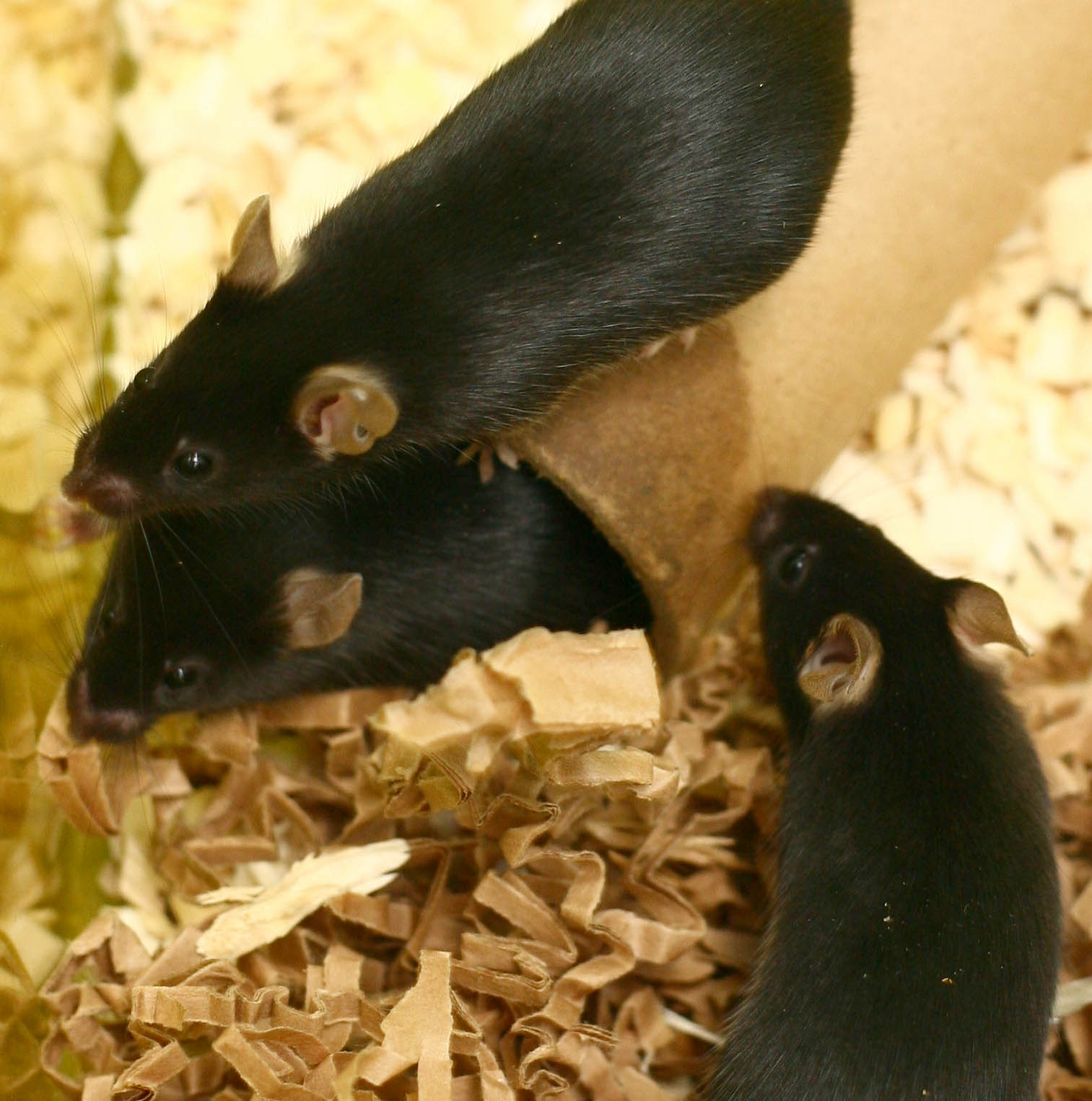
11/05/15 Vision restored to blind mice
Scientists from Switzerland and Germany have successfully restored vision to blind mice, by stimulating their retinal cells with a light-sensing protein. In hereditary blindness, a condition that affects millions of people worldwide, the light-sensing cells of the eye are lost leaving behind only retinal cells that cannot detect light. Introducing a light-sensing protein to these remaining cells effectively turned them into replacement photoreceptors, allowing the mice to see under daylight conditions, react to visual stimuli and learn visually triggered behaviours.
http://www.sciencedaily.com/releases/2015/05/150507153952.htm

09/12/14 Gene therapy restoring vision in animals with congenital blindness
Scientists have partially restored the sight of animals suffering from congenital blindness using gene therapy to replace the lost light-sensitive cells of the eye. Dogs and mice with a condition similar to retinitis pigmentosa regained some of their vision following the therapy, which used a human gene to increase light sensitivity in retinal cells.
http://www.independent.co.uk/news/science/procedure-to-restore-sight-in-dogs-gives-hope-for-future-blindness-cure-9911273.html
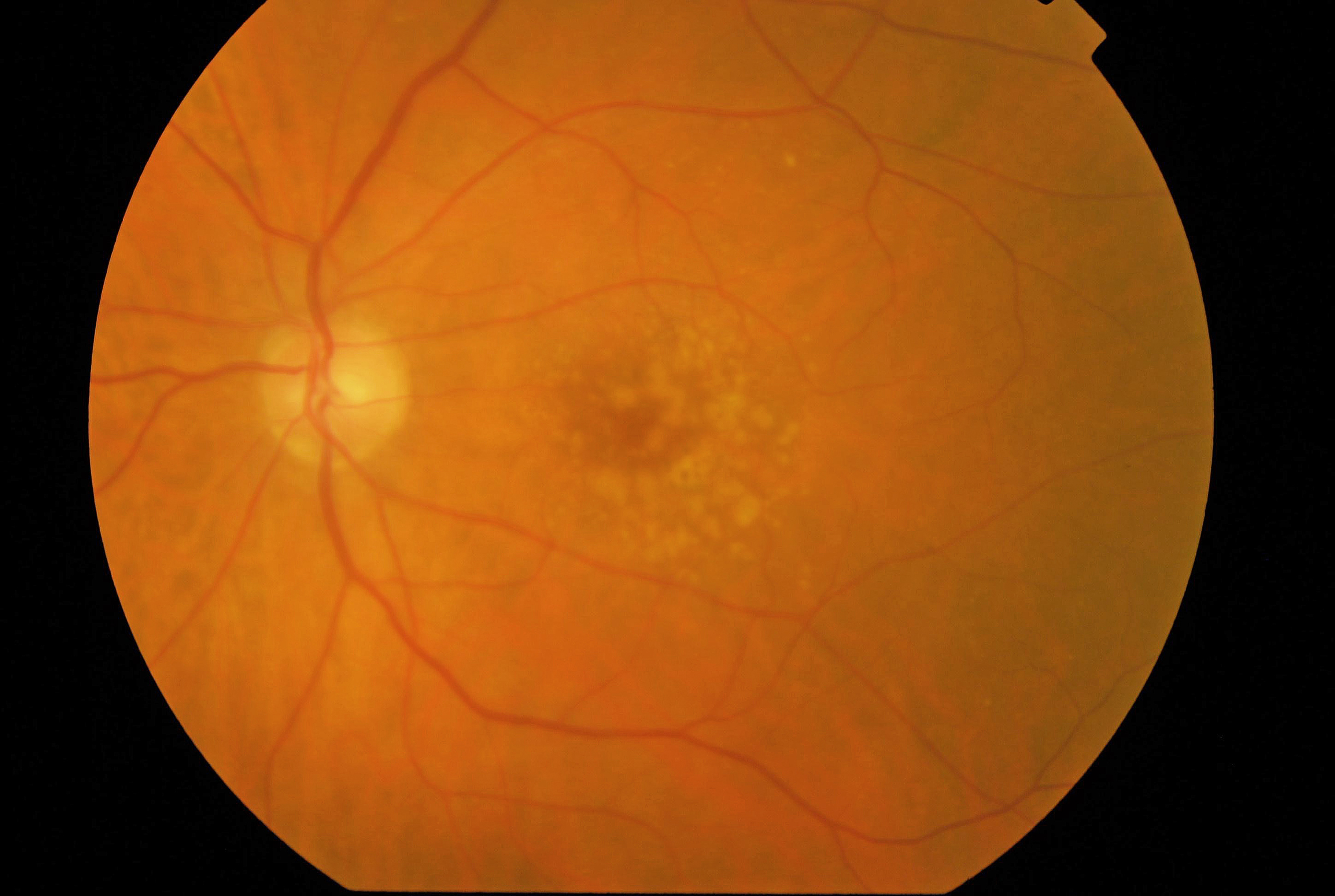
10/09/14 Stem cell treatment for blindness
A stem cell treatment for blindness successfully tested in primates has been cleared for human clinical trials. Using monkeys the Japanese research team showed that retinal cells grown in vitro using the recipients own tissue did not provoke an immune response when implanted. There are also concerns that using stem cells could trigger tumours, but studies in both mice and monkeys have shown that this is very unlikely. The first stage of the trial will involve one human patient, who will receive their stem cell implant within days. Eventually the trial will extend to cover six patients.
http://www.nature.com/news/next-generation-stem-cells-cleared-for-human-trial-1.15897
References
1. Nishimoto S, Kawane K, Watanabe-Fukunaga R et al (2003) Nuclear cataract caused by a lack of DNA degradation in the mouse eye lens. Nature 424, 1071
2. Shaunak S, Thomas S, Gianasi E, (2004) Polyvalent dendrimer glucosamine conjugates prevent scar tissue formation Nature Biotech 22, 977
3. Stellmach V, Crawford SE, Zhou W & Bouck N (2001) Prevention of ischemia-induced retinopathy by the natural ocular antiangiogenic agent pigment epithelium-derived factor Proc Nat Acad Sci 98, 2593
4. Otani A, Kinder K, Ewalt K et al (2002) Bone marrow-derived stem cells target retinal astrocytes and can promote or inhibit retinal angiogenesis Nature Medicine 8, 1004
5. Chowers I, Banin E, Hemo Y et al (2001) Gene transfer by viral vectors into blood vessels in a rat model of retinopathy of prematurity Br J Ophthalmol 2001 85, 991
6. Ding K, Scortegagna M, Seaman R, et al (2005) Retinal Disease in Mice Lacking Hypoxia-Inducible Transcription Factor-2. Invest. Ophthal Visual Sci 46, 1010
7. Krady JK, Basu A, Allen CM et al (2005) Minocycline reduces proinflammatory cytokine expression, microglial activation, and caspase-3 activation in a rodent model of diabetic retinopathy. Diabetes 54, 1559
8. Tropepe V, Coles B, Chiasson B, Horsford J et al (2002) Retinal stem cells in the adult mammalian eye Science 287, 2032
9. Young M, Ray J, Whitely S et al (2000) Neuronal differentiation and morphological integration of hippocampal progenitor cells transplanted to the retina of immature and mature dystrophic rats Molecular and Cellular Neuroscience 16, 197
10. Pardu MT, Phillips MJ, Yin H et al (2005) Possible sources of neuroprotection following subretinal silicon chip implantation in RCS rats. J Neural Eng 1 S39
11. Coffey PJ, Girman, Wang SM et al (2002) Long-term preservation of cortically dependent visual function in RCS rats by transplantation Nature Neuroscience 5, 53
12. Nambu H, Nambu R, Melia M, Campochiaro PA (2003) Combretastatin A-4 phosphate suppresses development and induces regression of choroidal neovascularization Invest Ophth Vis Sci 44, 3650
13. Haruta M, Kosaka M, Kanegae Y et al (2001) Induction of photoreceptor-specific phenotypes in adult mammalian iris tissue Nature Neuroscience 4, 1163
14. Ali R, Sarra G, Stephens C et al (2000) Restoration of photoreceptor ultrastructure and function in retinal degeneration slow mice by gene therapy Nature Genetics 25, 306
15. Zhang Q, Acland G, Wu W et al (2002) Different RPGR exon ORF15 mutations in canids provide insights into photoreceptor cell degeneration Human Molecular Genetics 11, 993
16. Cideciyan AV, Jacobson SG, Aleman TS et al (2005) In vivo dynamics of retinal injury and repair in the rhodopsin mutant dog model of human retinitis pigmentosa. Proc Nat Acad Sci 102, 5233
17. Otani A, Dorrell MI, Kinder K et al (2004) Rescue of retinal degeneration by intravitreally injected adult bone marrow–derived lineage-negative hematopoietic stem cells. J. Clin. Invest. 114, 765
18. Acland GM, Aguirre GD, Ray J et al (2001) Gene therapy restores vision in a canine model of childhood blindness Nature Genetics 28, 92
19. Dyer MA, Donovan SL, Jiakun Zhang J et al (2004) Retinal degeneration in Aipl1-deficient mice: a new genetic model of Leber congenital amaurosis. Mol Brain Res 132, 208
20. Fischer D, Heiduschka P, Thanos S (2001) Lens-injury-stimulated axonal regeneration throughout the optic pathway of adult rats Experimental Neurology 172, 257
21. V. Saint André A, Blackwell NM, Hall LR et al (2002) The role of endosymbiotic Wolbachia bacteria in the pathogenesis of river blindness Science 295, 1892
22. Zhang J, Gray J, Wu L et al (2004) Rb regulates proliferation and rod photoreceptor development in the mouse retina. Nature Genetics 36 351
23. Zhang J, Schweers B, Dyer MA (2004) The first knockout model of retinoblastoma. Cell Cycle 3, 952
Last edited: 9 March 2021 09:39
